12 “Normal” Things in Other Countries That Shock Americans

When Americans travel abroad, they often encounter everyday customs that leave them scratching their heads. These cultural differences highlight how deeply our environment shapes our expectations about what’s ‘normal.’ From bathroom etiquette to dining habits, these contrasts can be eye-opening for U.S. travelers, often revealing how uniquely American certain habits really are.
1. Paid Public Toilets
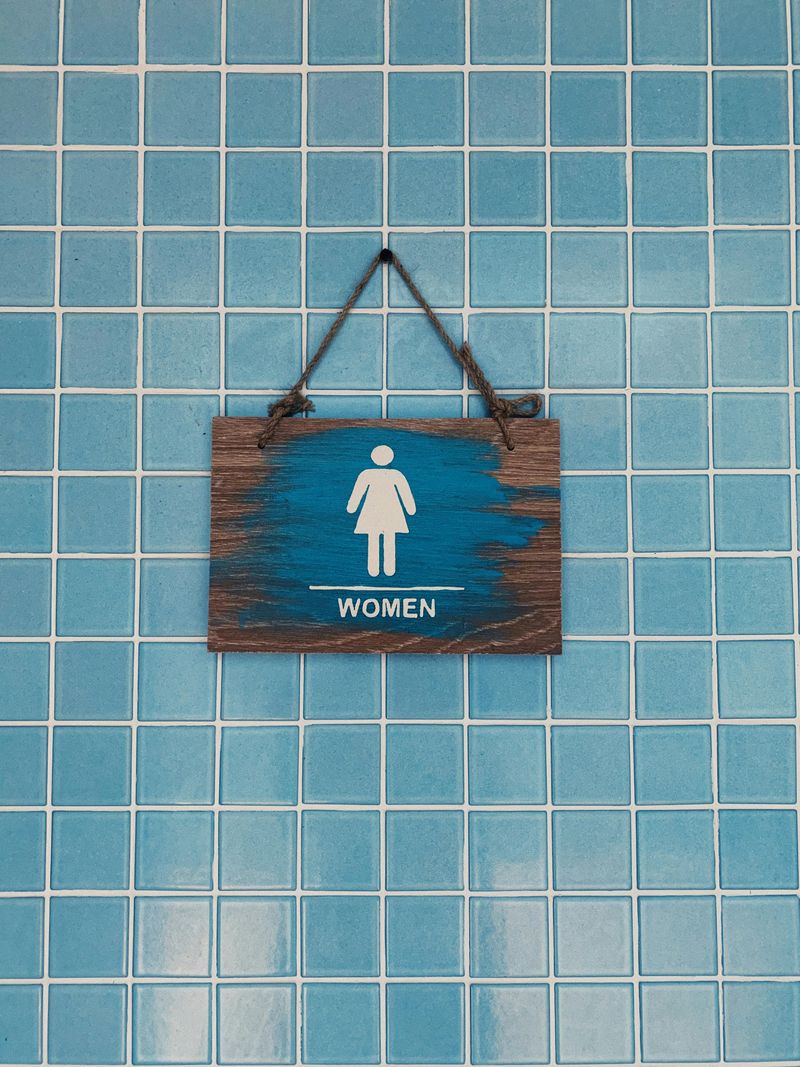
Fumbling for coins while nature calls creates quite the predicament. In countries like Germany and France, expect to pay between €0.50-€1 for restroom access.
The upside? These facilities are typically spotless, well-maintained, and staffed by attendants. Some train stations and shopping centers feature automated toilet systems that self-clean after each use.
Americans accustomed to free (albeit sometimes questionable) public restrooms find this concept jarring. Yet locals view this small fee as the reasonable cost of sanitation and maintenance. Pro tip: Always carry spare change while traveling in Europe – your bladder will thank you!
2. No Free Refills
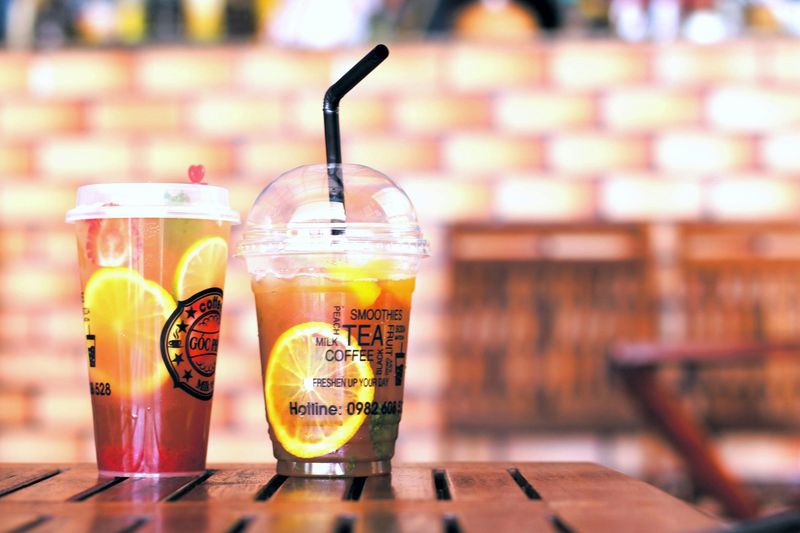
Americans visiting restaurants abroad often raise their empty soda glasses expectantly, only to discover a startling truth: that second Coke will cost you. The unlimited refill culture so embedded in American dining simply doesn’t exist in most countries.
Restaurants in France, Italy, and Japan typically charge per drink, and portions are noticeably smaller. A standard soft drink might be 8 ounces rather than the 16-20 ounce American serving. Even more surprising? The ice situation – expect just a few cubes, if any.
Many international visitors explain this practice stems from different perspectives on consumption and value. While Americans prize abundance, many cultures emphasize quality over quantity. Beverages are meant to complement food, not overwhelm it with bottomless servings.
3. Metric System Everywhere

Travelers often feel like they’ve landed on another planet when confronted with kilometers, kilograms, and Celsius temperatures. The mental gymnastics required to convert measurements can turn a simple grocery shopping trip into a mathematical challenge!
While Americans cling to pounds, miles, and Fahrenheit, the rest of the world embraced the metric system long ago. Temperature discussions become particularly comical – hearing that it’s 30 degrees outside might make an American reach for a winter coat, not realizing it’s actually a sweltering summer day.
Gas stations present another puzzling moment when fuel is priced per liter instead of gallon. Many American tourists resort to phone apps for quick conversions, though locals find our confusion endlessly amusing. Perhaps most shocking? The efficiency and logical structure of the metric system makes our stubborn adherence to imperial measurements seem increasingly peculiar.
4. Smaller Food Portions

American tourists often stare in disbelief at their first restaurant meal abroad. “Is this an appetizer?” they wonder, examining what appears to be a child-sized portion. The reality? Standard servings in countries like Japan, France, and Italy are dramatically smaller than American portions.
A typical pasta dish in Italy might be half the size of its American counterpart. Japanese meals feature multiple small dishes rather than one heaping plate. Interestingly, despite smaller portions, diners in these countries rarely leave hungry – the focus on quality ingredients and balanced nutrition creates satisfying meals without excess.
Many Europeans and Asians view American portion sizes as wasteful and unhealthy. The cultural difference extends beyond restaurants too – grocery packaging tends to be smaller, encouraging fresh shopping and less food waste.
5. Less Ice in Drinks

When visiting Europe or Asia, you will often do a double-take when served beverages with just a few lonely ice cubes – or none at all. In the United States, drinks typically arrive brimming with ice, sometimes comprising more than half the cup’s volume!
Many Europeans consider excessive ice an unnecessary dilution of their drink. In countries like France, Germany, and Italy, beverages are often refrigerated but served with minimal ice. This practice stems partly from different cultural perspectives on refreshment – Europeans generally prefer their drinks cool rather than ice-cold.
Health beliefs also play a role. In parts of Asia, particularly China and Japan, traditional medicine suggests cold drinks disrupt digestion, leading to a preference for room-temperature or warm beverages. For American travelers accustomed to ice-cold refreshments, this cultural difference can be particularly jarring during summer travels, when they might desperately crave that familiar American chill.
6. Public Transport as the Norm
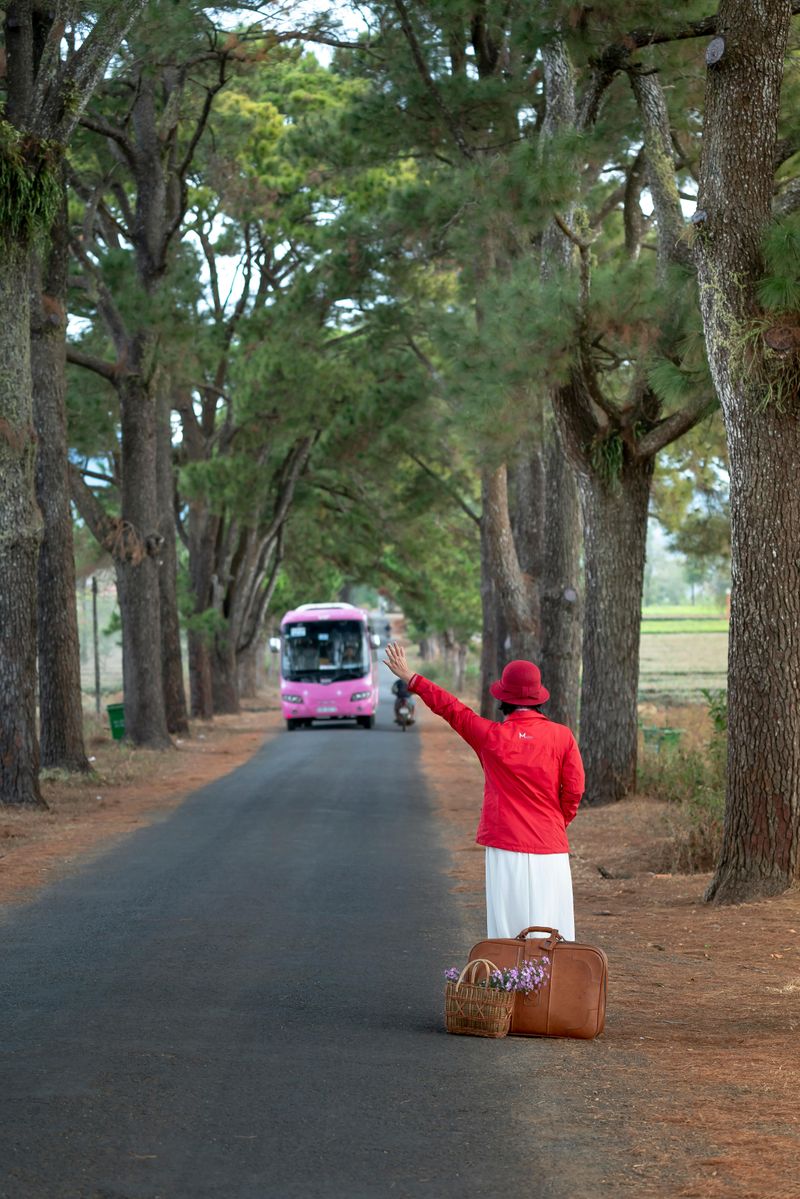
American visitors to Tokyo, Berlin, or Amsterdam experience culture shock watching businesspeople, students, and families efficiently navigate complex public transit systems. While many consider cars essential, residents of these cities view personal vehicles as unnecessary luxuries or impractical burdens.
Tokyo’s subway system moves over 8 million passengers daily with legendary punctuality – trains arriving even one minute late trigger public apologies. European cities integrate trams, buses, subways, and bike lanes into seamless networks that make car ownership optional. The infrastructure investment creates transit systems that are faster, cheaper, and more environmentally friendly than driving.
Most shocking to American visitors? The social normalcy of public transportation. People from all economic backgrounds ride together, whereas in many American cities, public transit carries stigma or serves limited areas. The freedom from parking headaches, traffic jams, and vehicle maintenance represents a lifestyle difference that makes many American tourists reconsider their transportation habits back home.
7. Shops Closed on Sundays

“What do you mean everything’s closed?” American tourists often exclaim on their first Sunday in Germany, Austria, or Switzerland. The concept of an entire shopping day vanishing seems unfathomable to visitors from the land of 24/7 convenience.
This tradition stems from religious practices but has evolved into a cultural commitment to work-life balance. Families spend Sundays together at parks, lakes, or family gatherings rather than shopping malls. Only essential services like pharmacies, gas stations, and restaurants remain open, creating eerily quiet commercial districts that contrast sharply with America’s perpetually busy shopping centers.
For Americans planning European vacations, this cultural difference requires adjustment – no spontaneous Sunday shopping sprees or last-minute grocery runs. Locals plan ahead, stocking up on Saturday for Sunday needs. While initially frustrating for some tourists, many eventually appreciate this enforced day of leisure, discovering that sometimes the most valuable souvenir is a slower pace of life.
8. Long Vacations

The concept of month-long holidays seems almost mythical to those accustomed to scraping by on minimal time off.
While U.S. workers typically receive 10 paid vacation days annually, their European counterparts enjoy 4-6 weeks as standard practice. France mandates 30 paid vacation days by law, and Italy provides 20 days plus 12 national holidays. Even more shocking to Americans? Europeans actually take their vacation time without guilt or constant email-checking.
August transforms Paris and Rome into ghost towns as locals escape to beaches and mountains. This cultural difference reflects contrasting values around work-life balance. Many Europeans view extensive vacation as essential for wellbeing rather than a luxury, while the American work ethic often prizes constant productivity. For visiting Americans, this revelation frequently sparks both envy and reflection about their own work culture.
9. Walking & Biking Culture
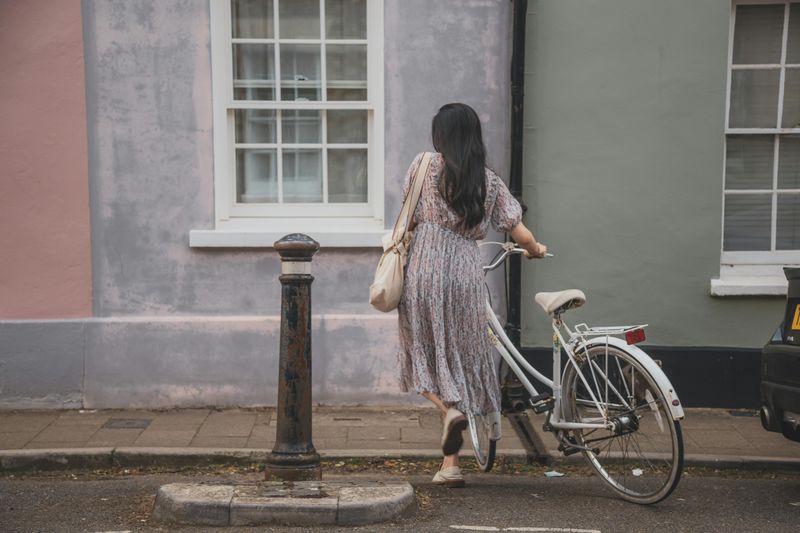
American visitors to Amsterdam or Copenhagen often freeze in terror at intersections, watching waves of confident cyclists navigate city streets without helmets. The bike-centric infrastructure seems like science fiction compared to car-dominated American cities.
Copenhagen’s residents pedal through snow and rain, with dedicated bike lanes, traffic signals, and parking facilities making cycling the fastest, cheapest way to navigate the city. Children learn cycling as a life skill, not just recreation, and business executives pedal to meetings in suits. The statistics astound American visitors: in Amsterdam, bikes outnumber people, with 1.3 bicycles per resident.
Walking culture proves equally foreign to many Americans. European cities designed before automobiles feature pedestrian-friendly layouts with shops, schools, and services within walking distance. This design philosophy creates vibrant street life and stronger community connections. For American tourists accustomed to driving everywhere, the daily physical activity built into European lifestyles represents a profound cultural contrast that often inspires healthier habits upon returning home.
10. Different Electrical Outlets
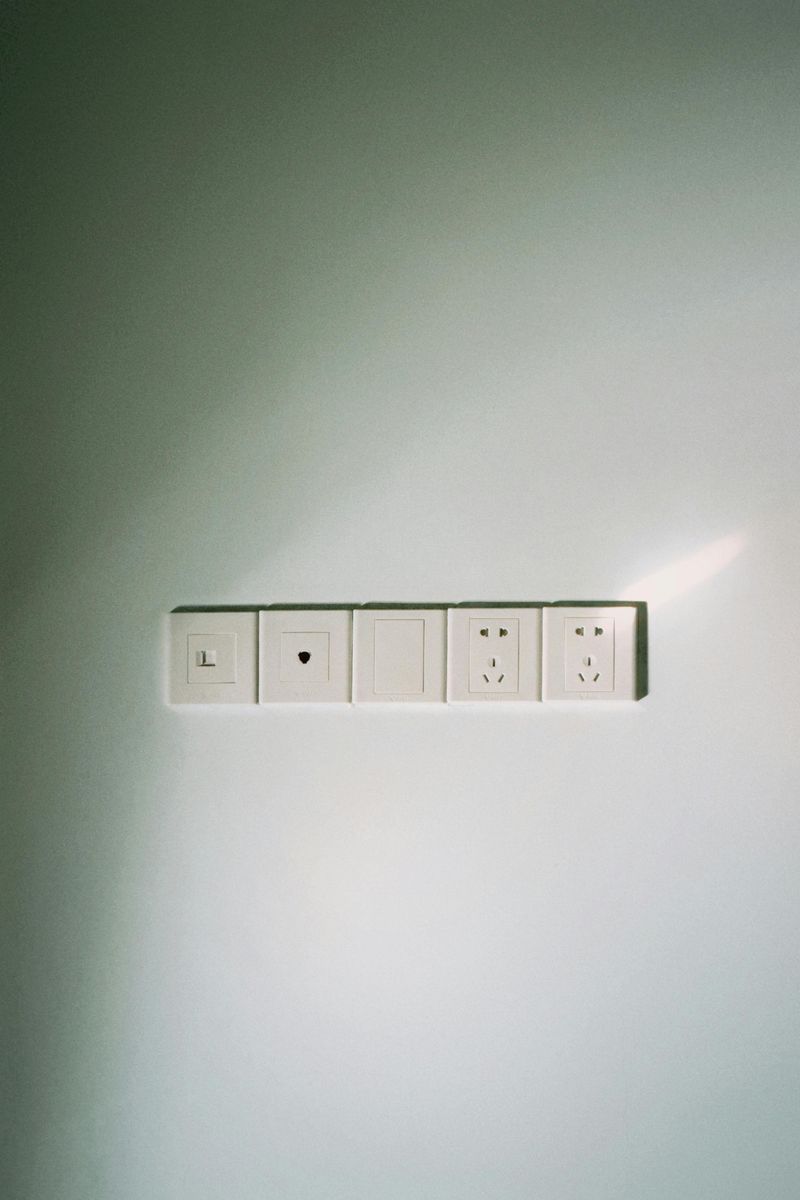
American travelers experience a moment of panic in foreign hotel rooms when they realize their phone charger won’t fit the wall socket. Those unfamiliar two-pronged plugs meet their match in rounded pins or chunky three-pronged outlets, creating an immediate crisis for the digitally dependent.
Beyond the physical differences, voltage variations pose another shock. American devices run on 110-120 volts, while most countries use 220-240 volts. Plugging in without a converter can result in fried electronics or, at minimum, a hair dryer that works at half-speed.
First-time international travelers often find themselves on desperate hunts for adapters at airport shops or hotel front desks. The global electrical patchwork – with over 15 different plug types worldwide – stems from each country developing electrical systems independently before standardization efforts. This seemingly minor difference highlights how even our most basic infrastructure reflects distinct national developments and priorities.
11. Tipping Isn’t Expected

Tourists often commit an awkward faux pas abroad: insisting on leaving generous tips when servers neither expect nor want them. The moment when a Japanese waiter chases after you to return your “forgotten” money creates instant cultural education.
In countries like Japan, service quality stems from professional pride rather than tip expectations. Most European restaurants include a service charge automatically, making additional tipping unnecessary. Countries like Australia and New Zealand pay hospitality workers living wages, eliminating the economic necessity of tips that drives American service culture.
The American 15-20% tipping standard seems bizarre and even offensive in some cultures. In Japan, tipping can imply the establishment doesn’t pay workers fairly, while in some European countries, rounding up the bill slightly is sufficient appreciation. This cultural difference reveals how deeply tipping is embedded in American economic structures rather than being a universal practice – a realization that often surprises American travelers who’ve never questioned this aspect of their dining culture.
12. Drinking Age at 18 (or Lower)

College students studying abroad experience a surreal moment when they legally order wine with dinner or enter nightclubs without fake IDs. The stark contrast between America’s strict 21-year drinking age and global norms creates culture shock for young American travelers.
Most European countries set the legal drinking age at 18 for all beverages, while Germany and Belgium allow beer and wine consumption at 16. Some countries have even more relaxed approaches – in Italy and Portugal, no formal minimum age exists for drinking in private settings, with alcohol introduced as part of family meals from an early age.
This cultural difference reflects contrasting philosophies about youth, responsibility, and alcohol education. Many Europeans believe introducing alcohol gradually within family settings teaches moderation, while America’s approach creates forbidden fruit mystique. For young American tourists, this legal difference often becomes the most immediately noticeable cultural contrast, representing broader differences in attitudes toward personal freedom, regulation, and the transition to adulthood.

Comments
Loading…